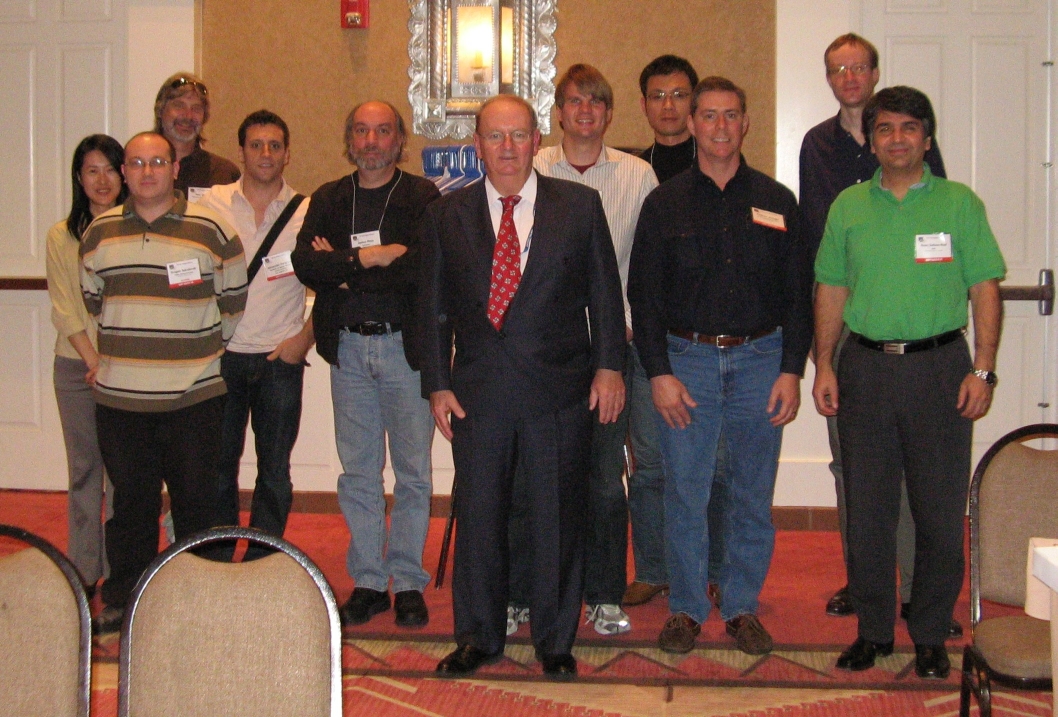 |
 |
 |
|
| Jim Worthey • Lighting & Color Research • jim@jimworthey.com • 301-977-3551 • 11 Rye Court, Gaithersburg, MD 20878-1901, USA |
|
|||||||
|

|
Course Description:
When the right color matching functions (CMFs) are used,
vector methods demystify camera sensors, lighting, and
other topics. In Jozef Cohen’s invariant formulation, the
vectors of spectral lights at unit power define the “locus
of unit monochromats” (LUM). Orthonormal opponent CMFs map
lights into Cohen’s color space and establish intuitive
axes: whiteness, red-green, and blue-yellow. If a camera’s
LUM matches the eye’s, it meets Luther’s criterion. The
instructor presented details at CIC12 and CIC 14. The
course emphasizes the practical use of color vectors and
the orthonormal CMFs. If you plan to bring a computer to
the course, please install a VRML viewer prior to
attending. For background, see below. |
|
Benefits: This course will enable the attendee to
|
|
Intended audience: Scientists and engineers who design or apply camera systems or lights. While certain applications will be stressed, the vectorial approach applies to all color work. For example, multi-primary systems and image compression are natural applications. |
| James Worthey received a BS in EE and an MS in Physics, then a PhD in Physiological Optics from Indiana University. He researched lighting and color at the National Institute of Standards and Technology, and published several applications of opponent colors. A breakthrough came in 2003 when he combined opponent colors with Cohen’s ideas and computer graphics. |
James A.
Worthey, "Vectorial color," Color Research and
Application, 37(6):394-409
(December 2012).
http://onlinelibrary.wiley.com/doi/10.1002/col.20724/abstract
James A.
Worthey, "Applications of vectorial color,"
Color
Research and Application, 37(6):410-423
(December 2012).
http://onlinelibrary.wiley.com/doi/10.1002/col.20723/abstract
|